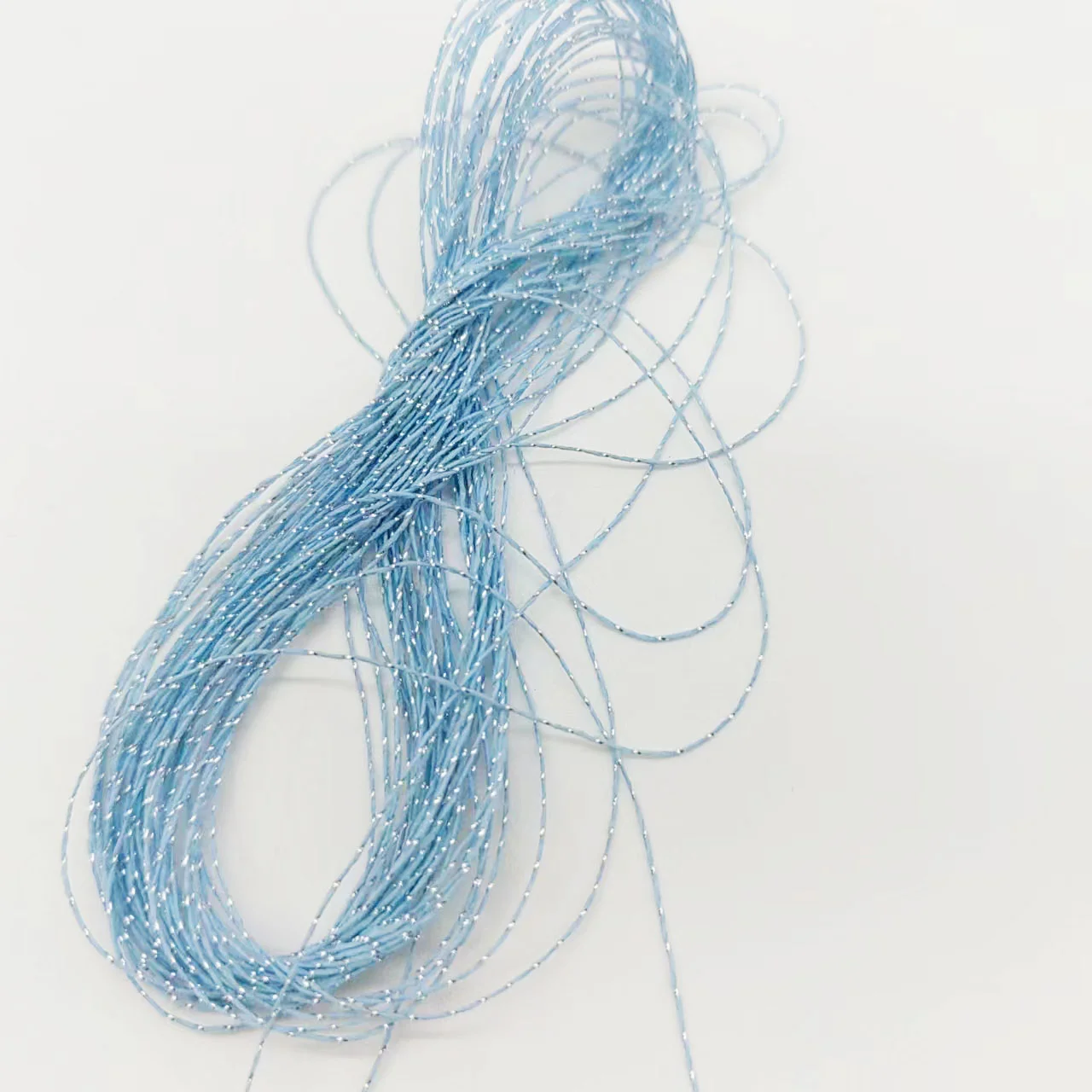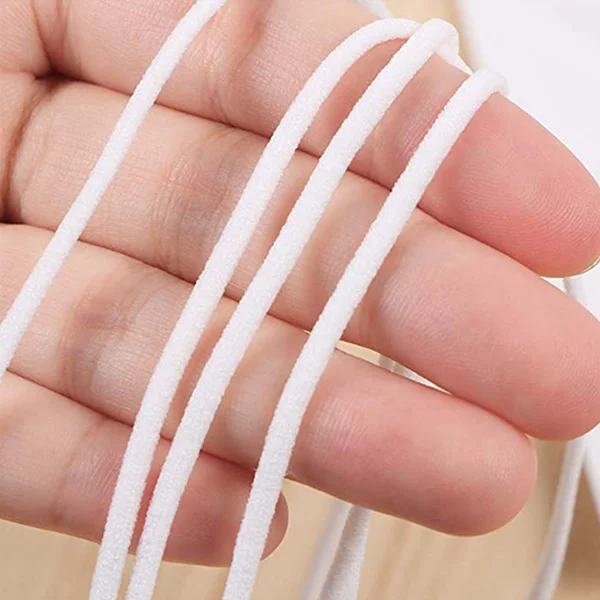When it comes to comfort, the fabric we choose plays a pivotal role. Whether it’s for clothing, bedding, or upholstery, the softness of a fabric can significantly enhance our overall experience. But with a plethora of options available, the question arises: which is the softest fabric? In this article, we will delve into the world of textiles, examining various materials known for their softness, their properties, and their ideal applications.
Understanding Fabric Softness
Before we explore the softest fabrics, it’s essential to understand what makes a fabric soft. Softness is often a subjective quality, influenced by the fiber type, weave, and finishing processes. Fabrics can be made from natural fibers, such as cotton and silk, or synthetic fibers, like polyester and nylon. Each type has its unique characteristics that contribute to its softness.
The Softest Natural Fabrics
- Cashmere: Often regarded as the epitome of softness, cashmere is derived from the undercoat of cashmere goats. This luxurious fabric is incredibly soft, lightweight, and warm, making it a favorite for high-end sweaters and scarves. Cashmere’s fine fibers create a smooth texture that feels gentle against the skin.
- Silk: Known for its lustrous sheen and smooth feel, silk is another contender in the softness category. Produced by silkworms, silk fibers are incredibly fine and long, resulting in a fabric that drapes beautifully and feels soft to the touch. Silk is often used in lingerie, blouses, and bedding due to its luxurious feel.
- Bamboo: An eco-friendly alternative, bamboo fabric is derived from the pulp of bamboo grass. It is naturally soft, breathable, and has moisture-wicking properties. Bamboo fabric is often blended with cotton or used on its own for clothing and bed linens, providing a soft and comfortable experience.
- Pima Cotton: Renowned for its exceptional softness, Pima cotton is a high-quality cotton variety grown primarily in the United States. Its long fibers result in a smoother texture compared to regular cotton, making it ideal for bed sheets, shirts, and other garments that require a soft touch.
The Softest Synthetic Fabrics
- Microfiber: Made from ultra-fine synthetic fibers, microfiber is known for its softness and versatility. It is commonly used in cleaning cloths, upholstery, and activewear. Microfiber fabrics are soft to the touch, lightweight, and often have moisture-wicking properties, making them ideal for sportswear.
- Modal: A type of rayon, modal is made from beech tree pulp and is celebrated for its softness and drape. It is often blended with cotton to enhance softness and is commonly used in loungewear, pajamas, and undergarments. Modal is also known for its resistance to shrinking and fading, making it a practical choice for everyday wear.
- Tencel (Lyocell): Tencel is an eco-friendly fabric made from sustainably sourced wood pulp. It is known for its silky smooth texture and breathability. Tencel is often used in clothing and bedding, providing a soft feel that is gentle on the skin and environmentally friendly.
Comparing Softness: Natural vs. Synthetic
While natural fabrics like cashmere and silk are often celebrated for their luxurious softness, synthetic fabrics like microfiber and modal offer unique advantages, such as durability and ease of care. The choice between natural and synthetic ultimately depends on personal preference, intended use, and budget.
Conclusion: Finding Your Perfect Soft Fabric
In the quest for the softest fabric, it’s essential to consider not only the feel but also the fabric’s properties and how they align with your needs. Whether you opt for the luxurious touch of cashmere, the smoothness of silk, or the practicality of microfiber, there is a soft fabric out there for everyone. As you explore your options, remember that softness is not just about the tactile experience; it’s also about how the fabric enhances your lifestyle.




